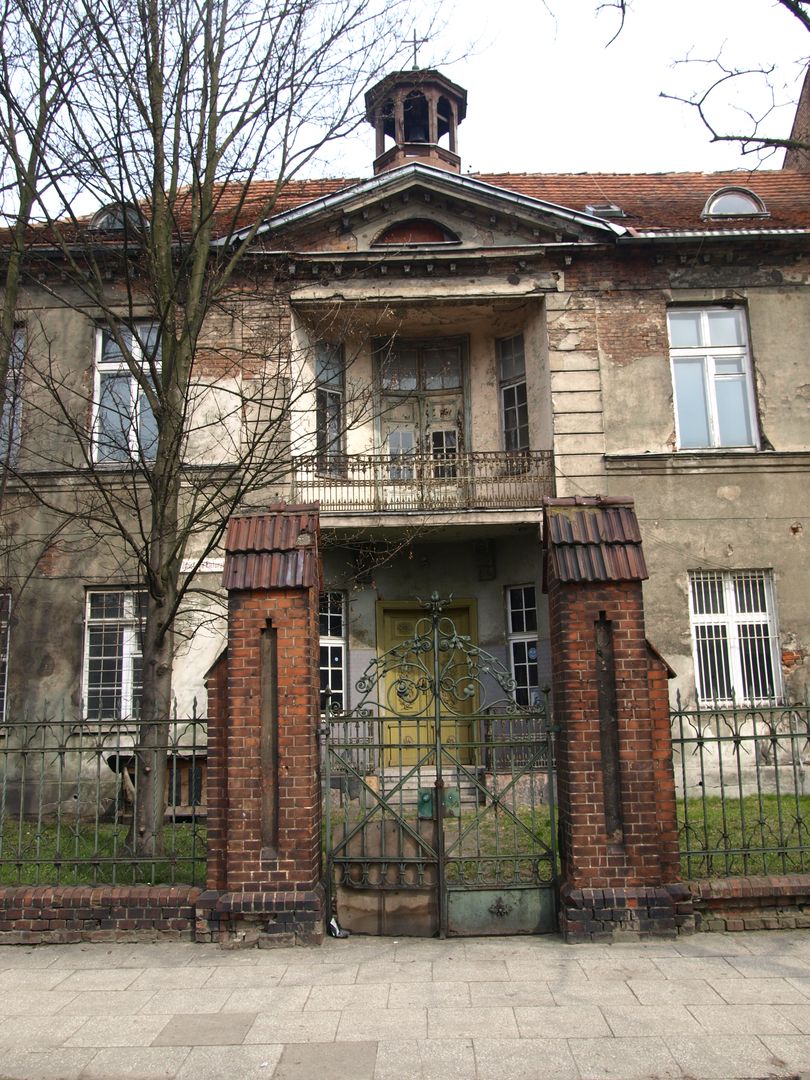Lower Town
6.59

Overview
Lower Town, located in the Śródmieście district of Gdańsk, lies on the eastern bank of the Motława River and boasts a rich history dating back to the 17th century, when it was established on the so-called Świńskie Łąki (Pig Meadows). The neighborhood evolved from a marshy area, undergoing a process of drainage and canal construction that shaped its distinctive street layout. The 17th-century bastion fortifications—such as Wilk, Wyskok, Miś, and Królik—now serve as tourist attractions, having been transformed into green spaces and parks. In the 19th century, Lower Town gained new life as the "City of Factories," with numerous industrial plants, including refineries and manufacturing facilities. Renovated buildings showcase eclectic and Art Nouveau architecture, evident in the richly decorated tenement houses.
A significant historical landmark is the Neo-Gothic chapel at the Catholic hospital, built in 1857, as well as a historic manor house dating back to around 1800 on Kieturakisa Street. Lower Town has undergone a series of changes in recent years, including a revitalization project that began in 2014. As part of this initiative, many buildings were modernized and new green areas were created. Interestingly, in 2018, a public-private partnership planned the revitalization of an 11-hectare area, including a former tram depot. The district's architecture reflects a blend of various styles and features historic sites such as the Stone Lock and a 19th-century rifle factory, which serve as reminders of its industrial past. Today, Lower Town is not only a place of historical interest but also a dynamically developing neighborhood that combines historical elements with modern investments, making it attractive to both residents and tourists.
Location
2025 Wizytor | All Rights Reserved